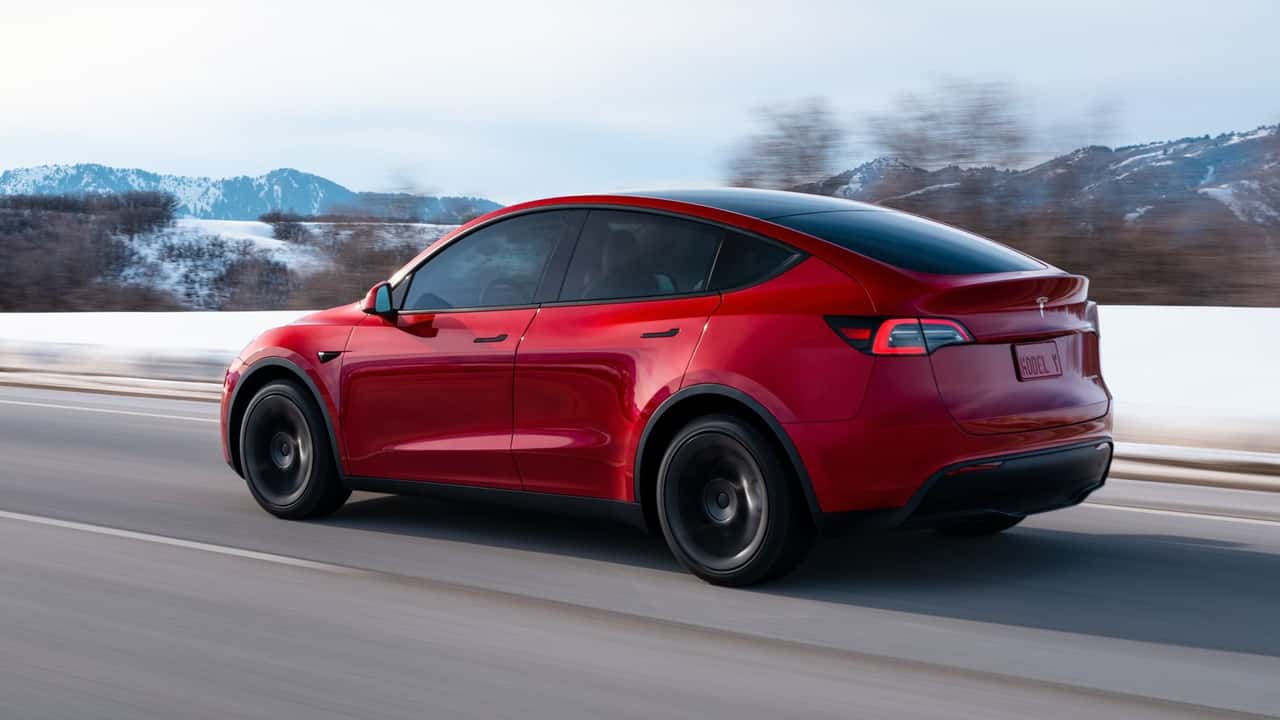Tesla has recently released a software upgrade that improves the camera quality on its Hardware 3 (HW3) cars. This was brought to light by an owner on X last month and has now been officially confirmed by the company. The owner described the upgrade as a “game changer,” noting that the previous camera feed had issues with oversaturation, a red tint, and blurriness in low lighting conditions. However, these problems have been resolved in the latest upgrade, with the camera quality now appearing crisp, colors more natural, and the blur eliminated.
The camera quality in Tesla vehicles is essential as it not only enables features like Autopilot and Full Self-Driving (FSD), but also collects data to train the automaker’s deep neural network. This network consists of advanced computer brains that analyze the footage from the cameras, make sense of it, and help the car drive by learning from real-world scenarios.
Some beta testers of the FSD system in HW3 cars had already noticed an improvement in the side-repeater camera quality last month. Now, it seems that the upgrade is being rolled out to a larger number of vehicles via over-the-air updates. However, Tesla has not provided specific details regarding which models will receive the upgrade or the timeline for the complete rollout.
While some Model X and Model 3 owners have confirmed receiving the OTA upgrade, further information from Tesla is still awaited. It is worth noting that vehicles equipped with the latest Hardware 4 (HW4) have already started shipping this year. HW4 features a more powerful Samsung Exynos processor, improved 5-megapixel cameras (compared to 1.2-megapixel cameras on HW3), and a new radar module.
Although CEO Elon Musk stated in August 2023 that HW4 is at least six months behind HW3, indicating that newer Tesla models may not immediately match the driving assistance capabilities of older models, he recently tested the upcoming AI-powered FSD V12 on roads in Palo Alto, California, and expressed optimism about its performance.
Hardware 3 Cars Experience Enhanced Camera Quality with Tesla’s Latest Software Upgrade
Tesla, the acclaimed electric vehicle manufacturer, continues to push the boundaries of automotive technology with its latest software upgrade. The upgrade brings significant improvements to the camera quality on Hardware 3 cars, enhancing the overall driving experience for Tesla owners.
One of the standout features of Tesla vehicles has always been their cutting-edge camera systems that provide drivers with a clear view of their surroundings. These cameras are instrumental in enabling advanced driver-assistance systems (ADAS) and self-driving capabilities. With the recent software upgrade, Tesla has taken the camera quality to new heights, ensuring a more accurate and detailed representation of the road and traffic conditions.
The enhanced camera quality can be attributed to Tesla’s Hardware 3, which is an in-house-designed chip that acts as the brains of the vehicle’s autonomous capabilities. The Hardware 3 chip, introduced in early 2019, boasts remarkable processing power and efficiency, enabling a more sophisticated image processing pipeline.
By harnessing the power of the Hardware 3 chip, Tesla has been able to improve the clarity, contrast, and overall image quality captured by the cameras. This enhancement is particularly noticeable in low-light conditions, where the cameras can now capture more details and provide a clearer view, enhancing the safety and reliability of the vehicle’s autonomous capabilities.
In addition to the improved camera quality, Tesla’s latest software update brings several other features that contribute to an enhanced driving experience. The software leverages artificial intelligence and machine learning algorithms to analyze the camera feed in real-time, better detecting and identifying objects, pedestrians, and vehicles. This advanced object recognition capability increases the accuracy of the vehicle’s perception system and reduces the likelihood of false detections or missed obstacles.
Furthermore, the software upgrade enhances the vehicle’s ability to predict and respond to complex driving scenarios. By continuously learning from the vast amounts of real-world driving data collected from Tesla vehicles around the world, the software can improve its decision-making algorithms over time, making driving safer and more efficient.
Tesla’s commitment to pushing the boundaries of technological innovation has always been evident, and this latest software upgrade is a testament to its dedication. By prioritizing the continuous improvement of camera quality and leveraging the power of artificial intelligence, Tesla is taking another step towards realizing its vision of fully autonomous driving.
Owners of Hardware 3 Tesla vehicles can now experience the benefits of this software upgrade firsthand. The enhanced camera quality offers a significant improvement to the driving experience, providing a clear and accurate view of the road, day or night, and contributing to the overall safety and reliability of the vehicle’s autonomous capabilities.
As Tesla continues to refine and introduce new features through software updates, it stands as a shining example of how the integration of hardware and software can revolutionize the automotive industry. With each upgrade, Tesla vehicles become smarter, safer, and more capable, setting the stage for a future where self-driving cars are not just a possibility but a reality.
In conclusion, Tesla’s latest software upgrade has brought enhanced camera quality to Hardware 3 cars, emphasizing the company’s commitment to continuous improvement in the field of autonomous driving. By leveraging their in-house-designed Hardware 3 chip and employing advanced artificial intelligence algorithms, Tesla has improved the clarity, accuracy, and overall image quality captured by the cameras. This upgrade not only enhances the driving experience but also paves the way for a future where self-driving cars are poised to revolutionize the way we commute and travel.

